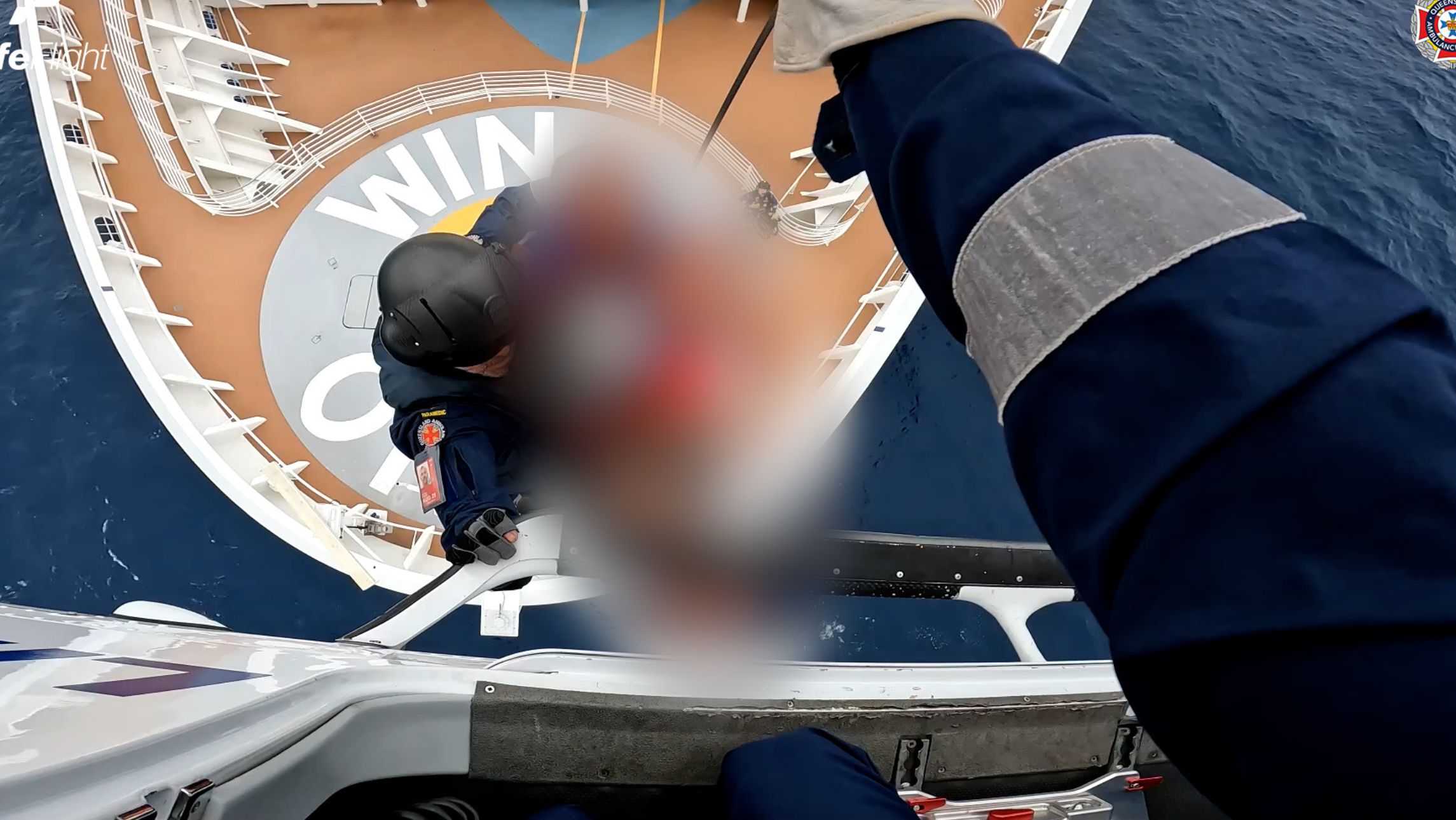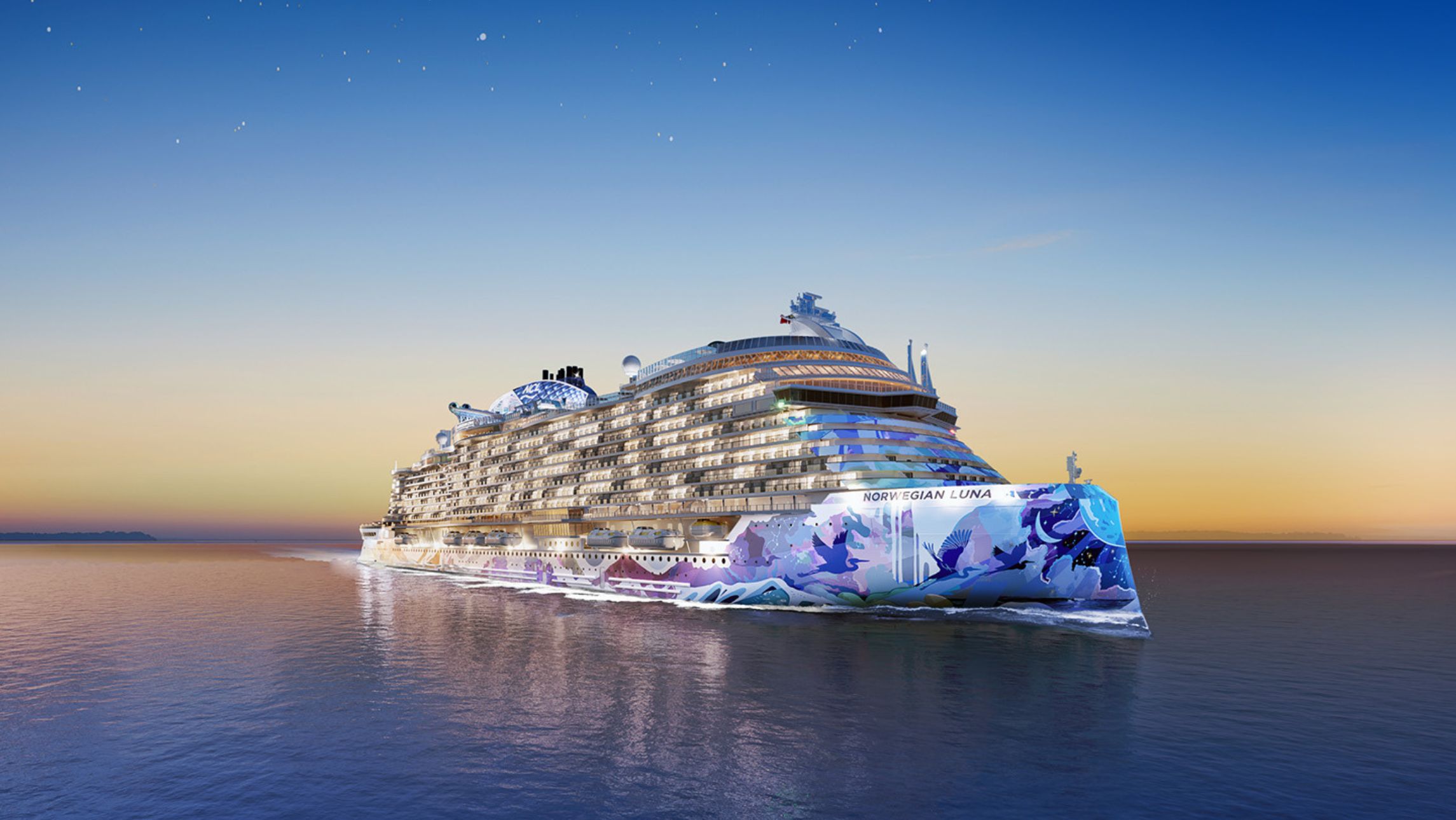Scurvy, seasickness and, if you were unlucky, amputation by saw – such were the challenges for shipboard doctors in the days before anaesthetics and over-the-counter remedies.
The news had arrived the night before November 3,1852. Soon, all of Melbourne was talking about a mysterious plague-ridden ship standing off Port Phillip Heads.
She was the fully rigged Ticonderago, which had sailed from Liverpool on August 4 with more than 800 emigrants bound for Melbourne. Soon after departure, typhus had broken out, and by the time the ship reached Port Phillip, 96 of her human cargo had died and a further 300 were afflicted, with 100 dying in quarantine. Reports mention that the ship carried two doctors, both of whom became afflicted; one also lost his wife to the plague. The emigrants’ plight was further complicated by the fact that medical supplies and fresh provisions ran out long before the ship reached her destination.
Tragic incidences such as the Ticonderago’s brought much-needed changes to the laws regarding the carriage of emigrants and the duty of care of shipowners, masters and ships’ surgeons. Endless weeks at sea were a terrifying experience for emigrants on long-haul voyages to Australia, and the resulting anxiety triggered reactions that ranged from eating disorders to derangement. Separation from family and friends and an unknown future in an overcrowded ship tested any ship’s surgeon’s mettle.
A classic example of untreated anxiety occurred on board Ticonderago: a young girl eloping to Australia with her father’s footman was so overcome by the enormity of her actions that she chose to leap overboard and drowned, ending her distress.
Such an action was not abnormal. In my years of maritime research, I’ve encountered numerous instances, even as late as the 1920s, of anxiety being the catalyst for jumping overboard – particularly in the Red Sea, where packs of sharks in feeding frenzies over the waste food thrown overboard provided the ideal environment for those seeking quick ends!
Transiting the Red Sea had its own peculiar complications for ships’ surgeons. In the height of summer, deck temperatures rarely fell below about 35°C (95° Fahrenheit). Ice machines were overworked, while vents were turned towards the slightest breeze in the hope of sending fresh air down below. Portholes were opened, scoops were fitted and double canvas awnings were set up on deck. Yet there were passengers who fell victim to the heat despite these measures and died of what was officially logged as ‘apoplexy’.
Before the development of refrigeration at sea, the quality of food would fall markedly as the voyage progressed. Even the basic provision of fresh water – which, on sailing clippers, was carried in large vats – was often rationed.
The rationing and gradual putrefaction of food supplies presented doctors with yet another dilemma: how to forestall the inevitable outbreaks of dysentery and their unsavoury consequences. On this front, the doctors were fighting a losing battle.
For the afflicted emigrant, the doctor could only dispense ‘prepared chalk’ (cretae praep) which, according to reports, was guaranteed to ‘gum up the works’. If you were an officer or fare-paying cabin passenger, however, you were dispensed the much more palatable ‘aromatic chalk powder’. It had the same effect – but it also put a smile on your face.
Other than a fully equipped medicine cabinet, the at-sea doctor was advised to ensure his travelling instruments kit included such tools as scalpels, curved needles of different sizes, forceps, an amputating knife and accompanying saws.
All of which leads to the dreaded scenario of doctors at sea having to operate on a severely injured accident case – perhaps a sailor who had fallen from the rigging or a passenger who’d tumbled on a companionway. A broken limb could mean just a splint but, faced with major damage, the ship’s surgeon might determine that amputation was a better solution than lingering agony and foul-smelling gangrene.
Amputations were swift in pre-chloroform days: the patient would be given morphine and a shot or two of strong spirits before a thick leather bit was placed between his or her teeth, and a couple of strong, able-bodied seamen would hold the by-now delirious patient down while the surgeon deftly did his work, usually in no more than seconds.
Ships’ medical staff became adept at recognising the mental and behavioural disorders that would commonly manifest in passengers. Of course, the age-old malady of seasickness happens to all of us at one stage or another, but doctors in these modern times have the advantages of better ship design and stabilisers.
In days gone by, the principal remedies for seasickness were nothing more than quackery: in the late Victorian era, one prominent shipping company promoted the use of freshly pulped figs mixed with champagne diluted by lemon juice. It was guaranteed to work but somehow, I feel it would have been more palatable with Moët! At the same time, a length or two of muslin bound securely around one’s loins allegedly benefited the sufferer by eliminating a vacuum!
Thankfully, times have changed for the better. On today’s cruise ships, there are professional medical teams and fully equipped hospitals with every available modern facility, including operating theatres.
Be very grateful!







